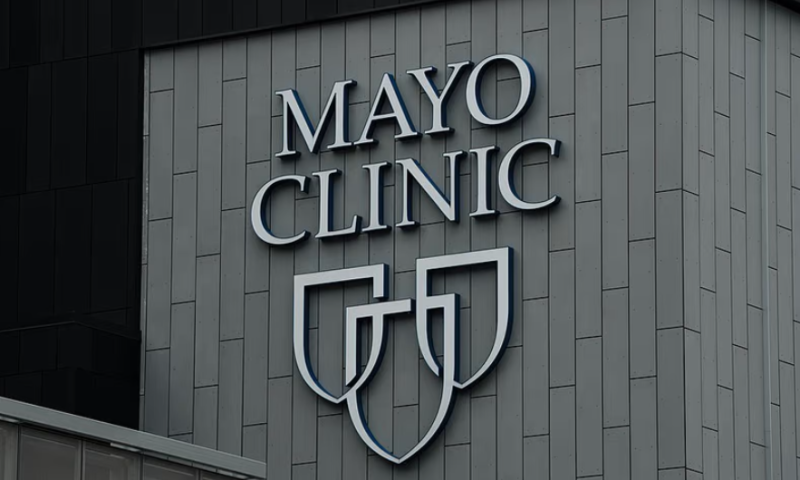Though expectant mothers are closely monitored throughout the entire labor process, it’s still difficult to predict with absolute certainty how a birth will go, since there’s a wide variety of issues that can unexpectedly crop up during labor, throwing the entire process off course and potentially causing major complications.
A new artificial intelligence model developed by researchers at the Mayo Clinic is aiming to chart a clear path through that maze of possibilities. In a study recently published in the journal PLOS One, the AI developers described the model’s ability to predict in real time whether someone in labor will experience a successful vaginal delivery with positive health outcomes for both the mother and baby.
The AI algorithms were designed as a potential replacement for traditional labor charts, which can give a general idea of how labor is progressing but can fail to factor in all of the many variables that can affect the ultimate success of a delivery.
The researchers built the model using data already collected by the National Institutes of Health’s segment dedicated to child health and human development. The data—compiled in the institute’s Consortium on Safe Labor database—comprised the outcomes of a total of 66,586 deliveries, about 22% of which had resulted in what the researchers termed “unfavorable outcomes” such as emergency cesarean delivery, postpartum hemorrhage, infection or neonatal death.
The algorithms were trained to take into account more than 700 variables related to labor and delivery. That included information collected both before labor began—including patients’ baseline clinical data and the results of their last clinical assessments before labor—and throughout the process, illustrating their progress from hospital admission to delivery.
By factoring in all of those variables, the AI model was able to assign a largely accurate risk score to each patient from the point at which they were admitted to the hospital. At that baseline, patients who went on to experience unfavorable outcomes showed risk scores above 35%, while those who had healthy vaginal deliveries had scores below 25%.
And the algorithms became even more accurate as labor progressed and more information could be factored in. At the point when patients reached a cervical dilation of four centimeters, for example, the AI model achieved an area under the curve of 0.75, indicating decent accuracy in predicting whether the labor process would turn out successful. But that accuracy level rose even higher, with an area under the curve of 0.89, when the algorithms were applied to all of the data accumulated by the 10-centimeter point.
The model is now being further tested in actual labor units, the researchers said in a Mayo Clinic news release.
“Once validated with further research, we believe the algorithm will work in real time, meaning every input of new data during an expectant woman’s labor automatically recalculates the risk of adverse outcome,” said Abimbola Famuyide, M.D., senior author of the study. “This may help reduce the rate of cesarean delivery and maternal and neonatal complications.”

